Ghost Gum Facts
- This truly remarkable variety of flora most frequently goes by the somewhat intriguing common name of the Ghost Gum. It does, however, possess several other, less often used names. These options include willow gum, cabbage gum, white gum, and the tropical gum.
- Professionals, such as researchers, generally refer to the wonder by the formal scientific name, though. Much like many such terms, however, that’s rather hard fon non-professionals to pronounce. That’s due to the fact that it’s officially named the Corymbia aparrerinja.
- The first serious scientific investigation of this natural marvel took place in the year 1925. This occurred due to the efforts of the respected Australian explorer, Herbert Basedow. He collected the first samples of the species, but no formal naming of the plant took place then.
- The distinctive tree received its technical name due to the efforts of Ken Hill and Lawrie Johnson. This team of Australian botanists accomplishe the first formal recognition of the tree as a separate and distinct species. This scientifically noteworthy event occurred in 1995.
- For the moment, the Ghost Gum appears to be maintaining a stable population base. This further seems to hold true throughout its admittedly small zone of habitation. Presently, the IUCN lists this marvel of evolution as Least Concern on its Red List of Threatened Species.
- The tree nevertheless should be considered as facing at least several potential threats to its continued existence. Habitat loss due to human expansion obviously forms a possible danger. Like most extant species, its greatest threat, though, probably comes from climate change.
Related Articles
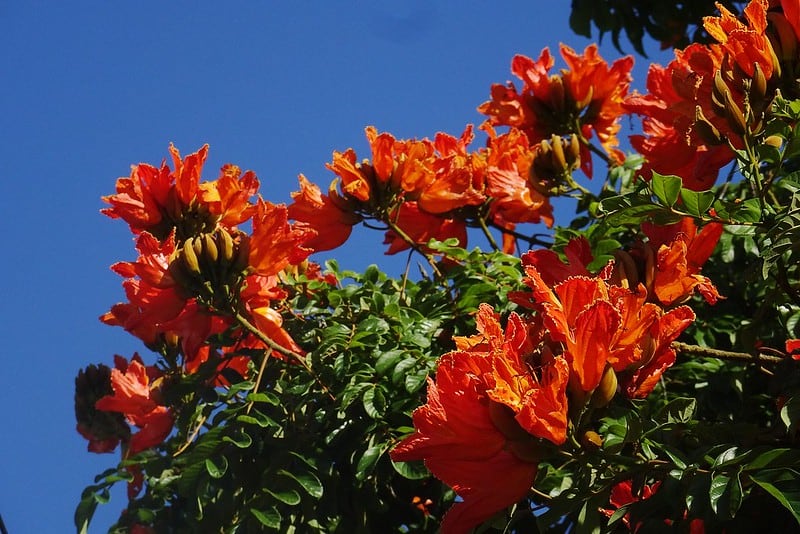
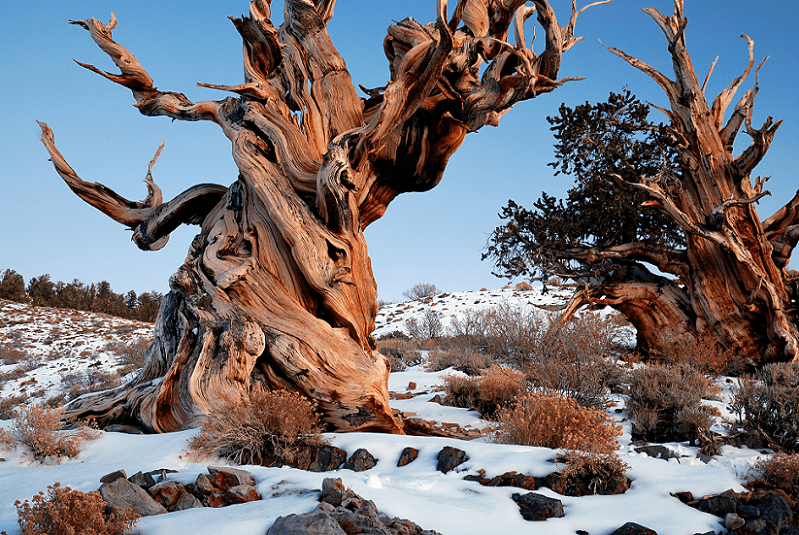
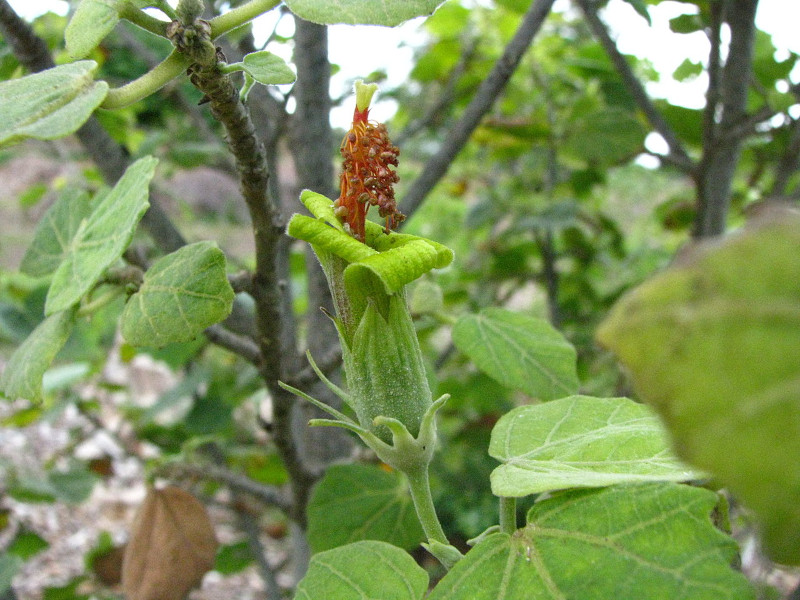
Ghost Gum Physical Description
The captivating Ghost Gum easily impresses and intrigues those individuals fortunate enough to encounter it. It further does so for reasons that vary between individuals, though. Sheer size, however, rarely qualifies as one of those factors. That’s because it’s a moderate-sized Angiosperm.
More precisely, fully mature specimens of this tree attain a maximum known height equaling roughly 66 ft (20 m). The majority of individuals, though, generally remain much shorter than this. The variation in height typically occurs due to differences in the local environmental conditions.
Its bark also develops as somewhat distinctive in nature. This feature usually has a smooth texture. In color, it also displays a fascinating color scheme. This consists of either a cream-colored, off-white, or even pinkish shade. This outer covering also frequently sheds in short, thin patches.
Mature plants of this marvel of Nature typically produce numerous leaves, arranged in an alternating pattern. These further possess a curved shape. Each ranges in length from 2 – 6.5 in (5 – 16.5 cm), and 0.3 – 1.25 in (0.7 – 3.2 cm) in width. This foliage also manifests a glossy green on each side.
The fascinating Ghost Gum also typically produces its buds in groups of either 3 or 7. These features have a remarkable oval or pear-shape form. Each averages about 0.25 in (0.6 cm) in length and 0.2 in (0.5 cm) in width. When blossoming occurs, these blooms develop as a dazzling white in color.
Once the fruit appears, it usually has a slightly cylindrical shape. It remains comparatively small, however. This aspect of the flora averages roughly 0.35 – 05. in (0.9 – 1.3 cm) in length, and 0.3 – 0.35 in (0.7 – 0.9 cm) wide. The fruit evolved to also sometimes possess an amazing cup-shaped form.
- Kingdom: Plantae
- Phylyum: Angiosperm
- Class: Eudicots
- Order: Myrtales
- Family: Myrtaceae
- Genus: Corymbia
- Species: C. aparrerinja
Ghost Gum Distribution, Habitat, and Ecology
Not surprisingly, the amazing Ghost Gum evolved as native to a region already renowned for its many extraordinary types of flora and fauna. That’s because this particularly unique Angiosperm developed as endemic to what now constitutes the always fascinating continent of Australia.
Yet, even there, this intriguing product of Nature only inhabits a very small, specific portion of the overall area. The fabulous tree only makes its home within the central sections of the continent. For the moment, research indicates that it never appeared in any other sections of the region.
The specifically evolved plant further distinguishes itself from the majority of similar species in its choice of habitat. That’s true since it makes its home in environments normally hostile to most types of trees. Its nature actually restricts it to particularly arid portions of the continent.
Yet its highly restrictive habitat requirements do not simply end there. It appears in hard to reach locations and inhospitable environments. These typically consist of such locations as dry creek beds, rocky slopes, and red sand flats. This only serves to restrict its expansion possibilities.
The inspiring Ghost Gum additionally produces its lovely white flowers in the summer season. It also distinguishes itself from many of its related species in the manner in which it achieves pollination. In its case, the action occurs via the activities of local bird species, rather than insects.
Species Sharing Its Range
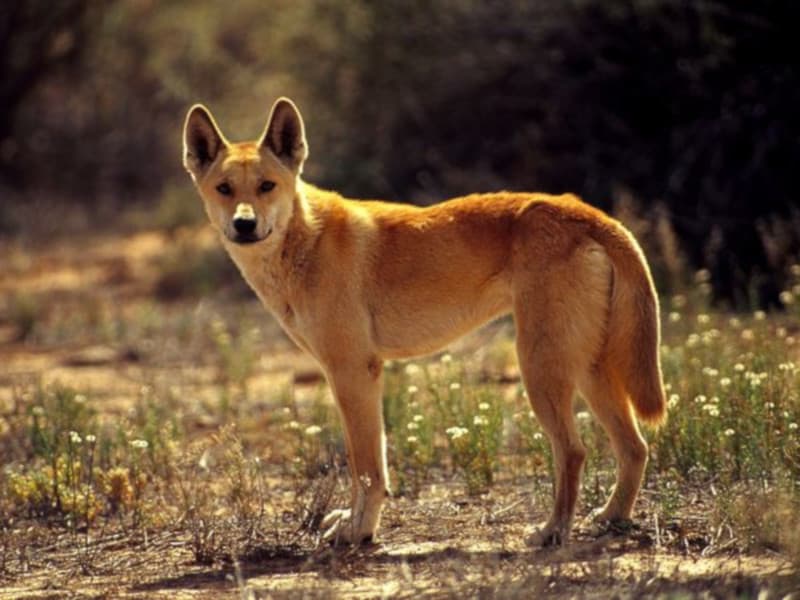
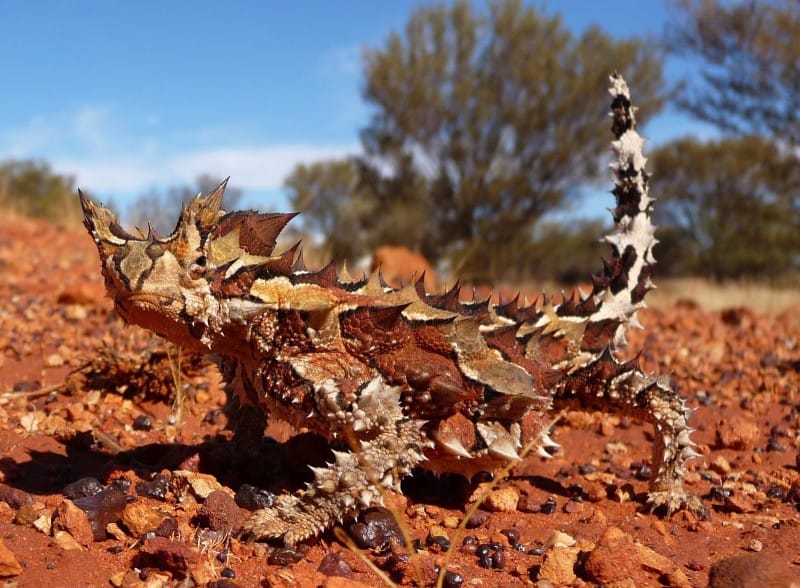
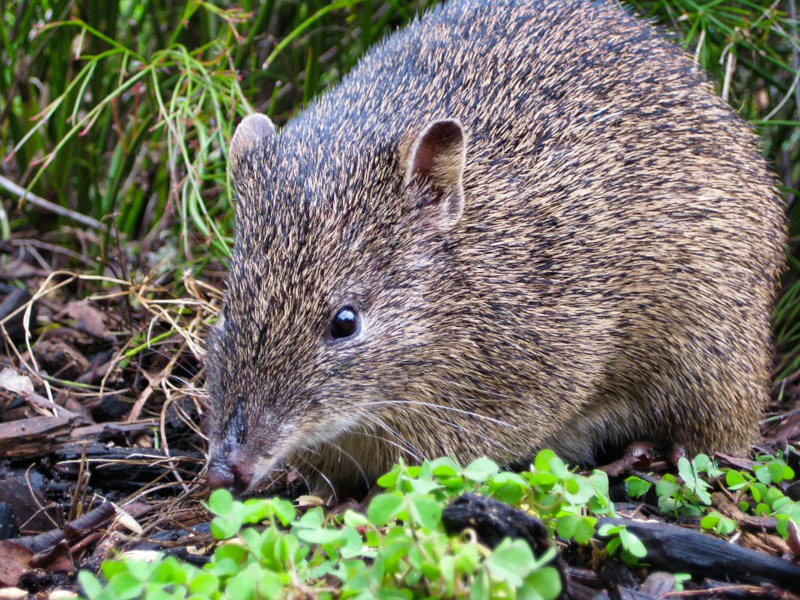
Check out our other articles on 7 Intriguing Terrestrial Invertebrates, Swamp Dacrydium, Lake Como, New Guinea Crocodile, Asian Weaver Ant, European Honey Buzzard, Gila Monster

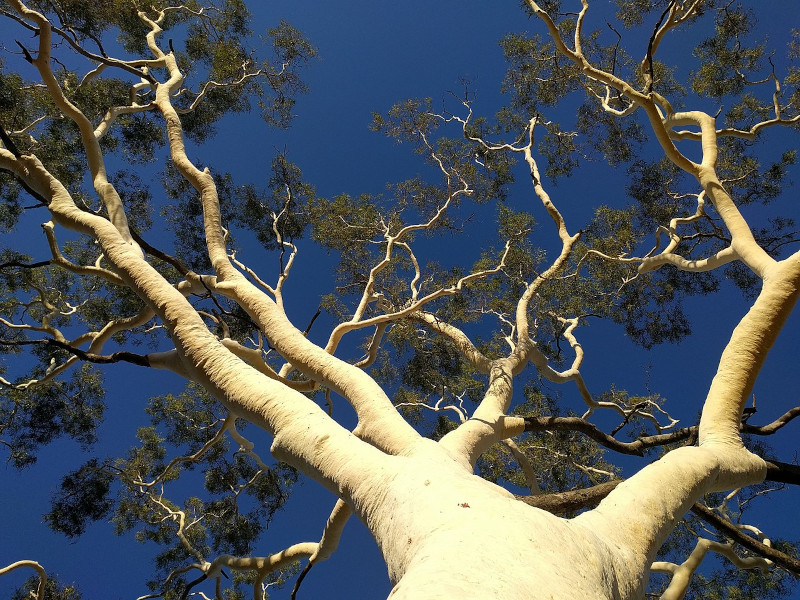
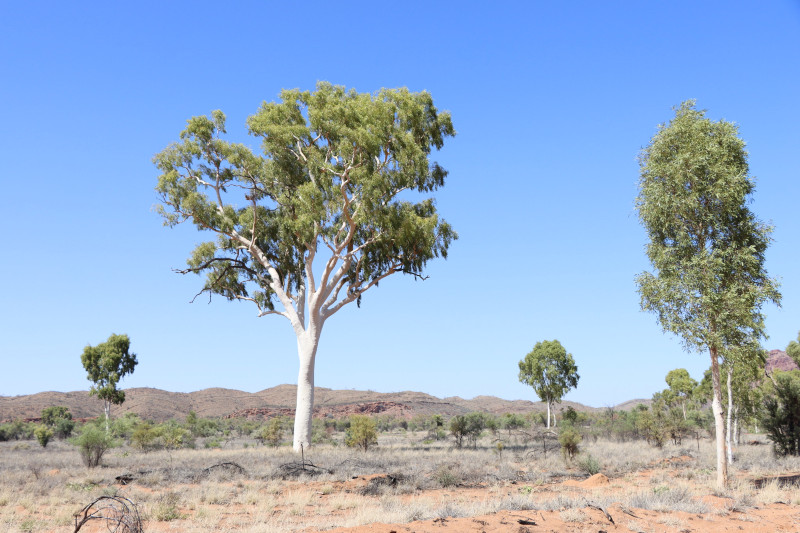









Leave a Reply